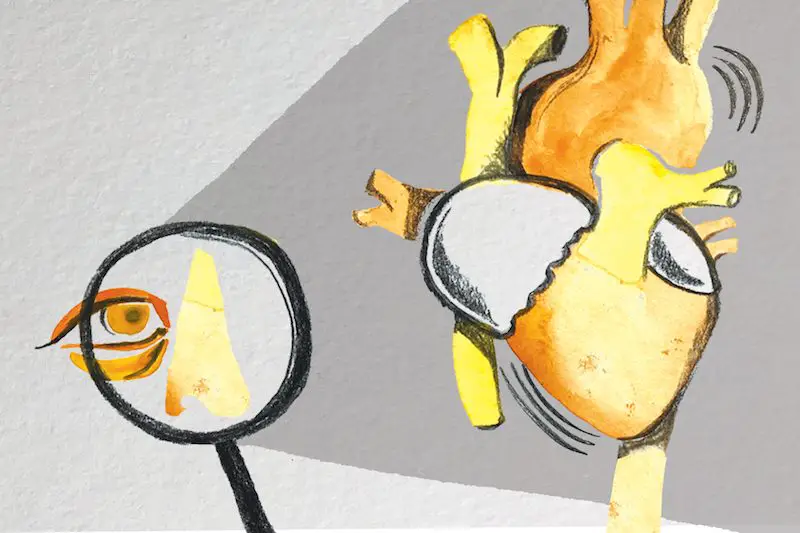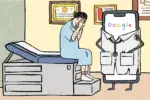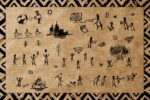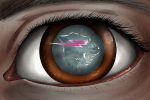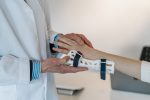Sudden cardiac arrest is the leading cause of death on school campuses, killing over 7,000 children per year. Many young people do not show symptoms before collapsing, so some organizations, including SafeBeat, promote cardiac screenings for children and young adults.
SafeBeat works to provide cardiac screenings to middle school and high school students to prevent the tragic, preventable losses of young people who die of cardiac arrest. SafeBeat also plans to expand screenings to college students in the near future. I interviewed Melisssa Strawn, executive assistant at Safebeat, to learn more about their recommendations and work.
“It really is our desire that no family suffer the loss of a child due to sudden cardiac arrest,” Strawn wrote in an email interview. “We don’t want any family to experience the pain that comes with losing a child, especially to a detectible and treatable condition.”
SafeBeat screenings include a personal and family questionnaire, height and weight measurement, bilateral blood pressure check and an electrocardiogram (ECG). The results are reviewed by both a computer program and a board certified cardiologist.
In the case that concerning results are found, parents/guardians receive a recommendation to follow up with a clinician, either a primary care provider or pediatric cardiologist, depending on the severity of the concern. SafeBeat then follows up with families.
“After these results are sent out, we email and call families to ensure they received their results and are taking the necessary steps to either clear or confirm the finding,” wrote Strawn.
Every piece of the screening has a purpose. The ECG is a painless, non-invasive way to monitor heart electrical activity. The questionnaire helps assess warning signs, such as passing out after exercising as well as a family history of heart conditions that may offer clues about hereditary disorder risks.
The bilateral blood pressure check is meant to determine if there is significant difference in blood flow between different sides of the body; this could indicate a blockage. Height and weight measurements are used to determine whether someone is at risk for obesity, which can have implications for heart health later in life.
Due to the cardiac risks of intense exercise for people with cardiac abnormalities, the National Basketball Association, National Football League, National Hockey League and FIFA World Cup Series all require cardiac screenings for players. However, despite their increased risk of death by sudden cardiac arrest, youth athletes in U.S. schools are not universally screened.
“Athletes are at risk because of the amount of strain they put their bodies through to perform at an elite level,” said Strawn. “Particularly if a young athlete does have an undetected heart condition, they are overworking their heart to perform at a higher level than someone who is nonathletic.”
According to Strawn, the loss of young athletes is often especially devastating because they may die while on the field in front of family, friends and teammates. While youth athletes are in critical need of screening, SafeBeat argues that all youth would benefit, citing pediatric electrophysiologist Sunita Ferns, who has said that “about 8 times more deaths occur in non-athletic kids than athletic kids.”
“Most heart defects are not typically detected by the standard physical examination, so early detection and prevention are key because often a child with a heart condition can appear to be ‘healthy’ from the outside,” Strawn said.
SafeBeat currently works with the Wolfson Children’s Hospital of Jacksonville to screen kids in north Florida and south Georgia as well as performing outreach across the country. Some efforts to expand their presence have been put on hold during the COVID-19 pandemic, but SafeBeat staff are working to coordinate screenings soon.
According to Strawn, SafeBeat is currently working with multiple school districts to arrange COVID-19 screenings. Strawn believes that heart screenings may be even more necessary during COVID-19 than ever before.
“Preventative heart screening is just as important now as it was before COVID,” said Strawn. “In fact, it’s possibly even more important because doctors are finding that many people who have contracted and recovered from COVID are developing myocarditis which is basically a viral infection that affects the heart.”
To reduce the chance of death in the case that someone does have a cardiac arrest, SafeBeat provides resources for those interested in CPR training and AED placement, the development of cardiac emergency response plans and other risk management resources.
According to the American Heart Association, widespread CPR training is essential, because CPR performed well and quickly can double the chance a cardiac arrest victim lives. You can find CPR training through the SafeBeat website or through the American Heart Association. AED use within three to four minutes of a cardiac arrest increases the chance of survival by 60%, so SafeBeat provides instructions on how to install and store AEDs for fast access.
One point on which SafeBeat and the AHA differ is whether cardiac screenings that include ECGs for young people are worth the money. The American Heart Association does not deem ECG screenings for all young people to be cost effective, and instead recommends a 14 point assessment and widespread distribution of electric defibrillators.
While SafeBeat agrees that electric defibrillators and watching for warning signs are good measures, they do not see these strategies as a replacement for screening. Although cardiac screenings do cost money, Strawn believes they are worth the cost.
“What’s a child’s life worth? Priceless,” Strawn said.


